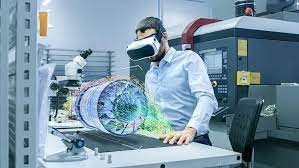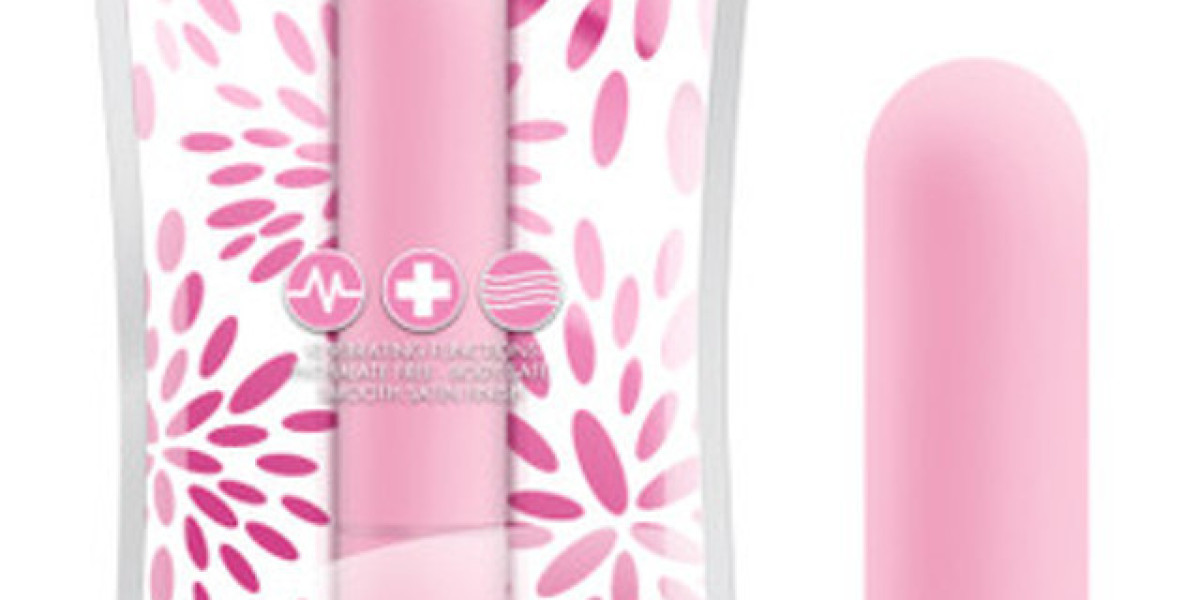Mixed reality (MR) technology is changing the way industrial designers work, offering a new level of efficiency and precision in the design and prototyping process. By using MR technology, designers can create virtual models of products and test them in real-world environments, allowing for more accurate and effective design decisions.
One of the most significant benefits of MR technology in industrial design is the ability to test products in real-world environments. By using MR technology, designers can create virtual models of products and overlay them onto real-world environments, allowing for more accurate and effective testing of the product's functionality and usability. This technology makes it easier for designers to identify and address design flaws and improve the overall quality of the product.
MR technology also allows designers to create more precise and accurate virtual models of products. By using MR devices, designers can create virtual models of products with a high degree of accuracy and detail, allowing for a more precise and efficient design process. This technology also allows designers to make real-time changes to virtual designs and see the impact of those changes in real-time.
Another benefit of MR technology in industrial design is the ability to streamline the prototyping process. By using MR technology, designers can create virtual prototypes of products, reducing the need for physical prototypes. This technology can save designers time and money and reduce the environmental impact of the design process.
As the development of MR technology continues, it is likely that we will see more and more industrial designers adopting this technology. MR technology has the potential to revolutionize the way we design and manufacture products, making the design process more efficient, accurate, and sustainable than ever before.








